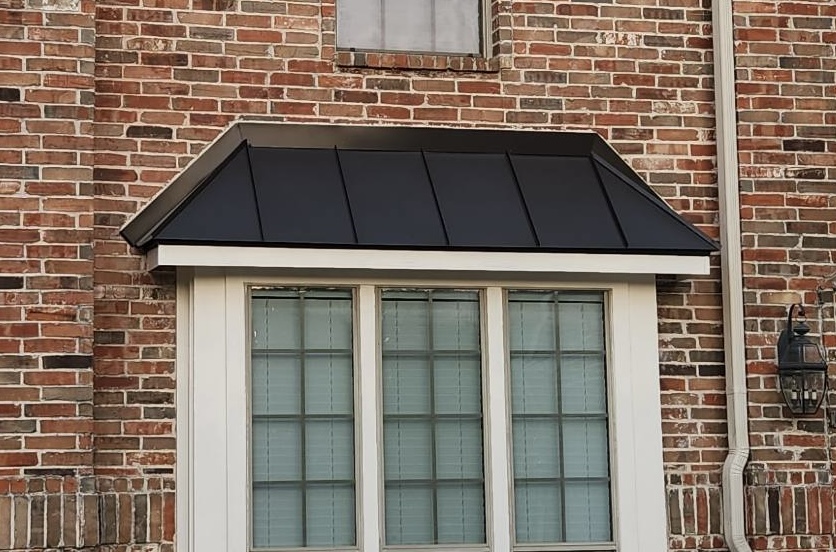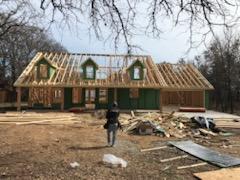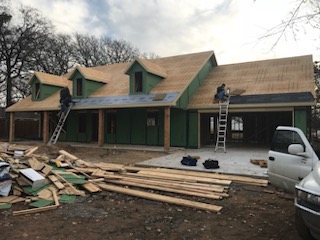Radiant Barriers
Understanding Radiant Barriers
Radiant barriers are reflective materials typically installed in attics or beneath the roof decking. Unlike traditional insulation, which primarily resists the flow of conductive heat, radiant barriers focus on minimizing radiant heat transfer. Radiant heat is energy emitted in the form of electromagnetic waves, and it can move through space without heating the air it passes through. Radiant barriers are designed to reflect this radiant heat away from the living space, keeping the indoor environment cooler.
Benefits of Radiant Barriers
Energy Efficiency: By preventing radiant heat from entering your home, radiant barriers reduce the workload on your cooling system. This, in turn, can lead to lower energy consumption and reduced utility bills.
Prolonged Roof Lifespan: Excessive heat exposure can contribute to the deterioration of roofing materials over time. Radiant barriers help in maintaining a more stable temperature on the roof, potentially extending the lifespan of roofing materials.
Return on Investment: While the initial installation cost may be a consideration, the long-term savings on energy bills and potential roof maintenance costs make radiant barriers a wise investment for homeowners.

Why Choose Radiant Barriers
Radiant barriers are an effective and sustainable solution for enhancing the energy efficiency of homes. By reflecting radiant heat away from the roof, these barriers contribute to a cooler living environment, lower energy consumption, and potential cost savings. As homeowners increasingly seek ways to create greener and more comfortable living spaces, radiant barriers emerge as a valuable technology in the pursuit of a sustainable future.
FAQ’s
What is the primary function of a radiant barrier in a roof?
The primary function of a radiant barrier in a roof is to minimize the transfer of radiant heat. Unlike traditional insulation that focuses on resisting conductive heat, radiant barriers are reflective materials installed in attics or beneath the roof decking. They work by reflecting the sun’s radiant heat away from the roof, preventing it from entering the living space. This helps to keep the indoor environment cooler and more comfortable, particularly during hot weather.
How do radiant barriers differ from traditional insulation?
While traditional insulation primarily resists the flow of conductive heat, radiant barriers target radiant heat transfer. Radiant barriers consist of reflective surfaces, often made of materials like aluminum foil, which effectively bounce back radiant heat. Traditional insulation, on the other hand, is designed to slow down the conduction of heat through materials. Combining both radiant barriers and traditional insulation can create a more comprehensive and energy-efficient solution for maintaining a comfortable indoor temperature.
What is the typical lifespan of a radiant barrier, and does it require maintenance?
Radiant barriers are known for their durability and low maintenance requirements. The typical lifespan of a radiant barrier can range from 10 to 20 years or more, depending on the quality of the material and the installation. Since radiant barriers are generally installed in a location where they are not exposed to external elements, they require minimal maintenance. Regular inspections for damage or wear during routine roof maintenance checks are advisable, but in general, radiant barriers are designed to provide long-lasting benefits with little ongoing attention.
YOUR EXPERTS
If you still have questions or need further assistance, please don’t hesitate to reach out! We’re here to help!
Contact Us










